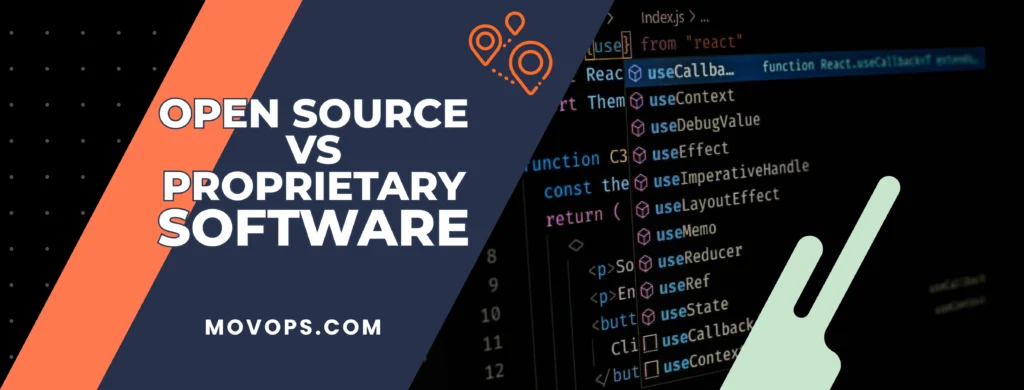
You must love open source
In the ever-evolving landscape of technology, the debate between open source and proprietary software continues to be a significant topic. Open source software (OSS) is software whose source code is made available to the public, allowing anyone to inspect, modify, and enhance it. In contrast, proprietary software is owned by an individual or a company, and its source code is kept secret. This article explores the numerous advantages of open source software over its proprietary counterparts.
1. Cost-effectiveness
One of the most compelling advantages of open source software is its cost-effectiveness. They are usually available for free, which significantly reduces the financial burden on individuals and organizations. This is particularly beneficial for startups and small businesses that may not have the budget for expensive proprietary licenses. Even when there are costs associated with open source software, such as support, installation or customization, they are often lower than the licensing fees of proprietary software.
2. Flexibility and freedom
Open source software provides users with the freedom to modify the software to suit their specific needs. This flexibility allows organizations to tailor the software to their workflows, enhancing productivity and efficiency. In contrast, proprietary software often comes with restrictions that limit customization, forcing users to adapt their processes to fit the software rather than the other way around.
3. Community support and collaboration
Open source software is typically supported by a vibrant community of developers and users. This community-driven approach fosters collaboration, leading to rapid development and innovation. Users can seek help, share knowledge, and contribute to the software’s improvement. In contrast, proprietary software often relies on a single vendor for support, which can lead to slower response times and limited resources.
4. Transparency and security
The transparency of open source software is a significant advantage, as anyone can review the source code for vulnerabilities and bugs. This openness allows for quicker identification and resolution of security issues, making software often more secure than proprietary alternatives. In proprietary software, users must trust the vendor to address security concerns without visibility into the code.
5. No vendor lock-in
Open source software mitigates the risk of vendor lock-in, a common issue with proprietary software. With proprietary solutions, organizations may find themselves dependent on a single vendor for updates, support, and compatibility. Open source software allows users to switch vendors or modify the software without being tied to a specific provider, ensuring greater control over their technology stack
6. Innovation and rapid development
The collaborative nature of open source software encourages innovation. Developers from around the world contribute to projects, bringing diverse perspectives and expertise. This collective effort often results in faster development cycles and the introduction of cutting-edge features. Proprietary software, on the other hand, may be slower to innovate due to its closed development processes.
7. Educational opportunities
Open source software serves as an excellent educational resource for aspiring developers and IT professionals. By accessing and studying the source code, individuals can learn programming, software development, and system administration skills. This hands-on experience is invaluable and often not available with proprietary software, which restricts access to its code.
Conclusion
The advantages over proprietary software are clear. From cost savings and flexibility to community support and enhanced security, these solutions offer a compelling alternative for individuals and organizations alike. As technology continues to advance, embracing open source software can lead to greater innovation, collaboration, and empowerment in the digital age. By making this choice, users not only benefit themselves but also contribute to a more open and inclusive technological landscape.
